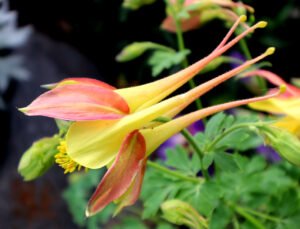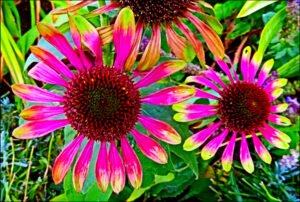Outdoor Propagation
The traditional method of propagating perennial seed follows these steps:
- harvest the seed when it is mature
- Clean the seed and remove all other material
- Give the seed some time to dry and be dormant
- In early spring or late winter, freeze the seed (for some seed refrigerating may also work)
- Remove from freezing and plant the seed into a medium, timing the planting to the requirements for seedling to plant growth times
- Maintain the seedlings for the spring
- Plant past the last frost date

Another method is the outdoor system:
- Harvest, clean, dry seed.
- Plant into the garden into specific spots in late fall. Marking the spots is a good idea.
- Allow the seeds to stratify and go through a spring growth process.
- Or, plant the seeds into rows in the vegetable garden, into areas to be used for late seeding (tomatoes, cucumbers, squash, etc.).
- In late spring pot emergent plants for later transplanting.
- This system avoids the challenge of indoor/greenhouse propagation.
I find that once spring approaches I get busy outside and the tasks of caring for, repotting, and transplanting seedlings in the greenhouse or coldframe becomes challenging. The second system works for this gardener.

The perennials which were successfully grown from seed outdoors in the last two years included:
- rudbeckia
- echinacea
- blazing star
- blue-eyed grass
- gaillardia
- lupine
- allium
- columbine
- goldenrod
- and some others

